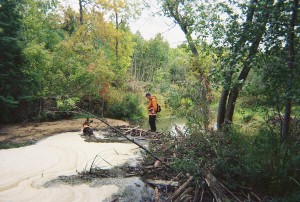 A friend called yesterday, she and her dog had passed the North American Search and Rescue(NASAR) area search test. One of the comments she received was her grid had been too tight. If the subject had not been in the middle of the sector, she would not have completed the area in the allotted time. This frustrated her a little. The area had concentrated sections of very dense brush. In her opinion, she had to take narrow sweeps to make sure her dog had thoroughly searched the dense areas. She asked me the loaded question, “What is the right sweep width to use?” I answered, “That depends.” She called me a name, we laughed, and then I explained.
A friend called yesterday, she and her dog had passed the North American Search and Rescue(NASAR) area search test. One of the comments she received was her grid had been too tight. If the subject had not been in the middle of the sector, she would not have completed the area in the allotted time. This frustrated her a little. The area had concentrated sections of very dense brush. In her opinion, she had to take narrow sweeps to make sure her dog had thoroughly searched the dense areas. She asked me the loaded question, “What is the right sweep width to use?” I answered, “That depends.” She called me a name, we laughed, and then I explained.
Rule of thumb, if you can see how far your dog is ranging, your grid should move up 1/2 to 3/4 of the sweep width. Your dog will cover a portion of the area twice, but this gives you a good probability of detection (POD). As with any rule of thumb, if can be refined:
- Haubourdin Tupã Is this a live find or aged human remains search? We are frequently sent to look for human remains. In one case the subject had gone missing a year earlier in extremely dense brush. Even though I have a big ranging dog, I had him working close to me in 50 foot sweeps. We did find human remains that had been eaten, what was left was bone pieces the size of a pea.
- What is the level of urgency? We were recently called out to a night time search for a missing teen thought to be down in an area with heavy, large pack coyote activity. Thankfully she called a runaway hotline and the search was called off before we had to risk the dogs and ourselves. The point is, we were going out on a trail hasty, with decent wind and time mattered. Our sweeps would have been more in the range of 100 to 150 feet wide.
- What’s the wind and time of day? In a dead calm, you have to let a scent cone build over time with wide sweeps your chances of putting your dog into the cone are lower. The other side of the coin is a very strong wind that scatters the scent except in close to the subject. In both cases you have to narrow the sweeps. At sunrise and sunset, hills and fields bordered by dense brush can be searched using the heating and cooling convections.
- Vegetation? Trainees always know when they’ve pushed me to the limit. I assign them to search a Midwest corn field. Rows are 8 inches apart and plants are 4 inched a part in the row and for those of us vertically challenged plant growth is over our heads. No air moves at all and you come out with any exposed skin covered in paper cuts. The point is, planting that dense limits air movement. You have to reduce grid width to thoroughly search.
- What is the potential for follow up searches? What resources are available? If you are the only dog and handler within a day’s drive you need to be very thorough. On the other hand if you can report in areas that need a detailed search and there are people in base waiting for a chance to go out, widen your sweeps, watch your dog for interest, give it a chance to narrow it down but don’t get bogged down.
What it comes down to a balancing act between the Probability of Detection and the time it takes to clear an area. A wise and experienced search manager once told me 85% of the time you are called in to make sure an area is empty.( I don’t know how he arrived at those statistics, but it seems about right in my experience.) The wider the sweep the more likely you will miss the subject, the narrower the sweep, the longer it will take to cover the assignment. So I stand by my answer, “It all depends.”

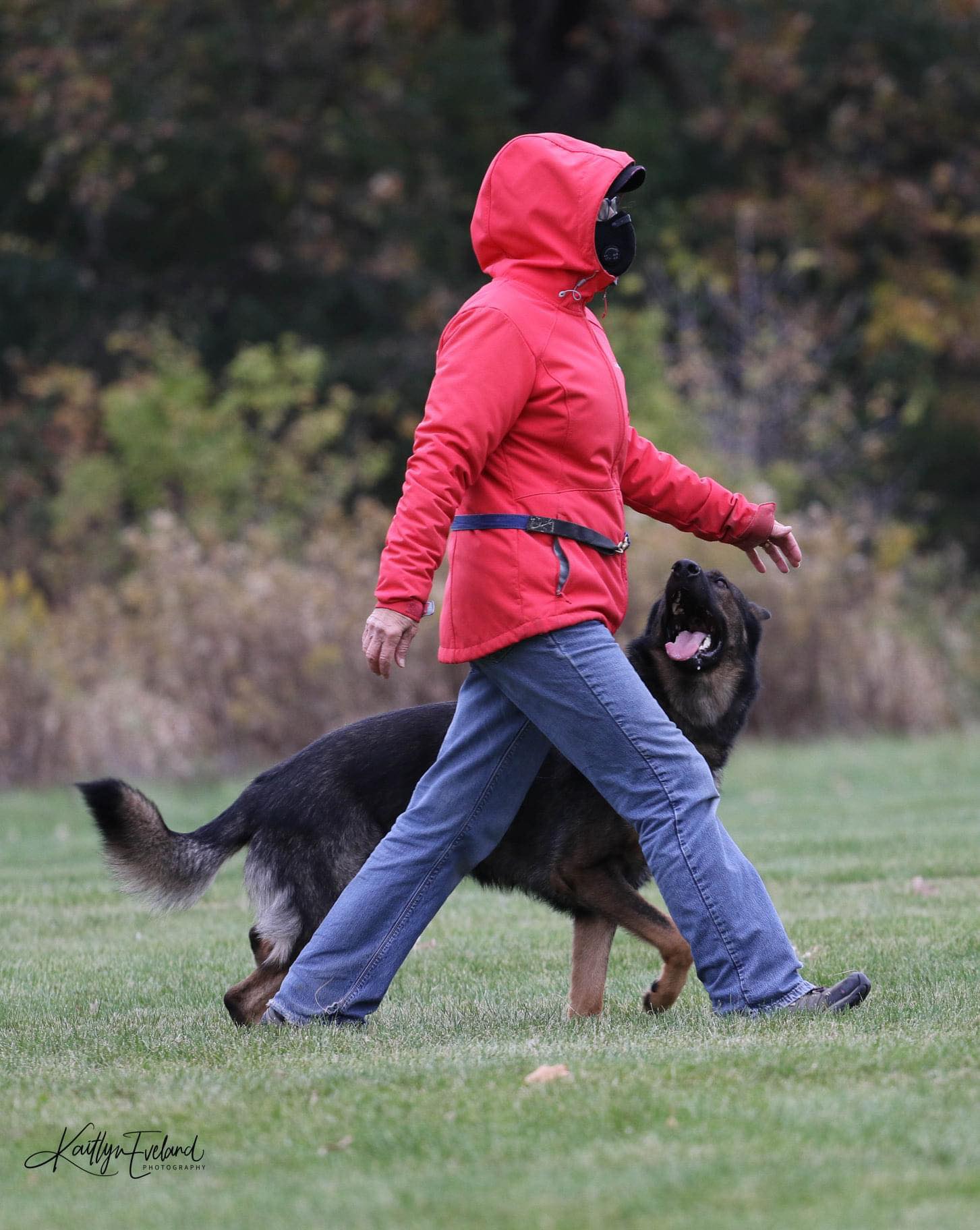
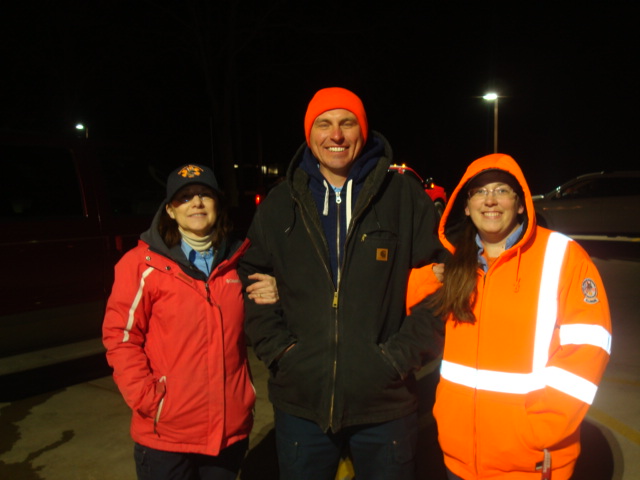


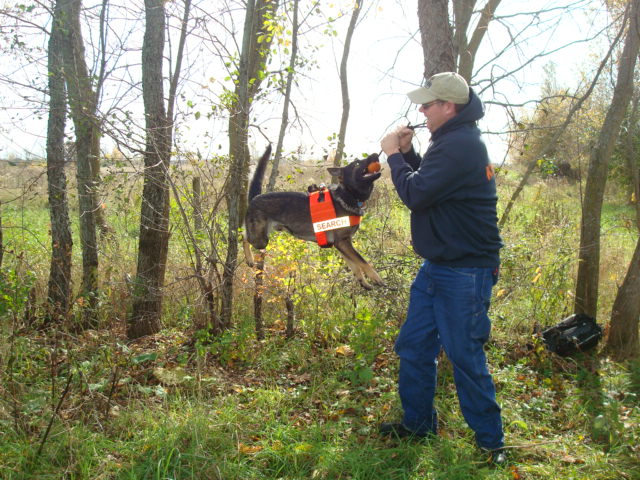
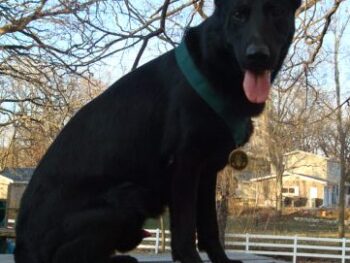
Leave a Reply